I've been in France for two weeks now - exams to take at the university, why do I do that by the way? - and I have to admit I feel very far from the well, and I haven't really been thinking about my dear blog.
Well, until I took a walk in the village where my parents live.
When I was 6, my parents bought a house in a very small village, in Meuse - a French "département" where there are probably more cows than people. In Verdun, the biggest town, there are barely 20,000 inhabitants. Meuse is famous for being one of the bloodiest battlefield of WWI - and also for the madeleines, that Proust loved so much.
It's common to hear people say that those villages are dying - it's true that there are no more priests in the churches, the cafés are almost all closed, and it's impossible to buy something to eat, you have to drive until the closest supermarket, 10 kilometers from the village.
But I don't know, it's just changing maybe. Because, on the other hand, I haven't seen that many kids in the street(s) (the plural is clearly an overstatement here) for a long time, and that many old houses being renovated.
I had never thought that my village was beautiful but now that I live so far away, I begin to see its beauty - and to understand why so many Dutch people buy houses here, for their vacations.
Well, until I took a walk in the village where my parents live.
When I was 6, my parents bought a house in a very small village, in Meuse - a French "département" where there are probably more cows than people. In Verdun, the biggest town, there are barely 20,000 inhabitants. Meuse is famous for being one of the bloodiest battlefield of WWI - and also for the madeleines, that Proust loved so much.
It's common to hear people say that those villages are dying - it's true that there are no more priests in the churches, the cafés are almost all closed, and it's impossible to buy something to eat, you have to drive until the closest supermarket, 10 kilometers from the village.
But I don't know, it's just changing maybe. Because, on the other hand, I haven't seen that many kids in the street(s) (the plural is clearly an overstatement here) for a long time, and that many old houses being renovated.
I had never thought that my village was beautiful but now that I live so far away, I begin to see its beauty - and to understand why so many Dutch people buy houses here, for their vacations.
Here's what you can find in a typical village in Meuse.
A very, very old church.

And very old houses too of course.
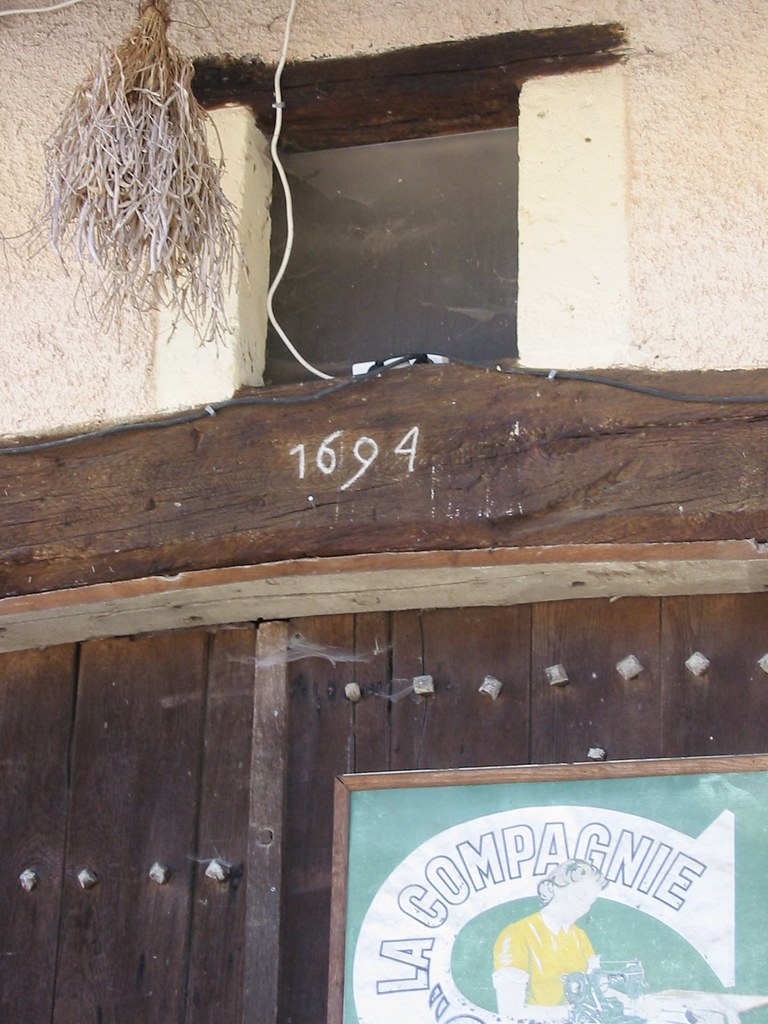
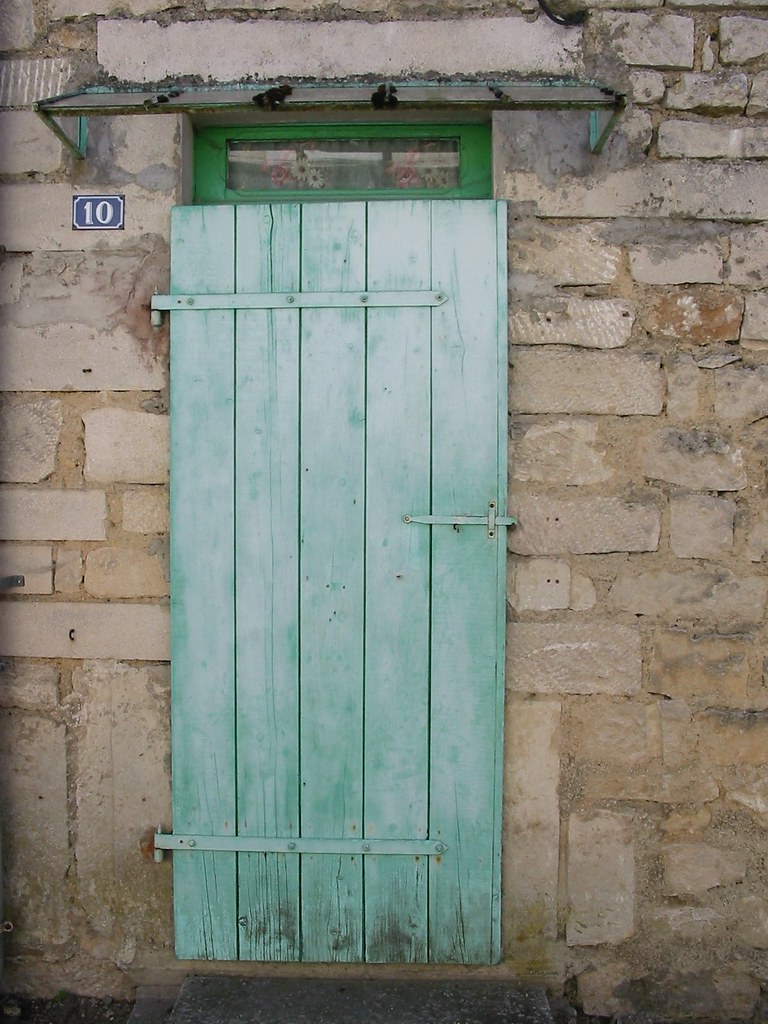
A bakery, that's been closed for a least 10 years - and, very sad, the baker who used to work in this one is dying.

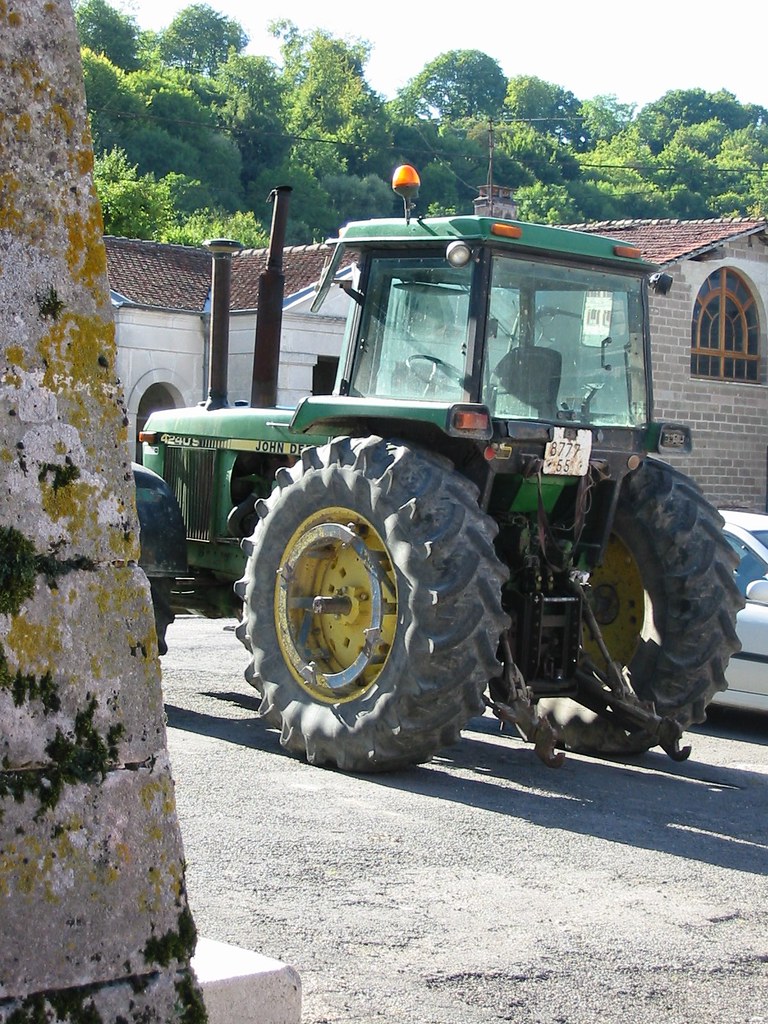
Streets with pretentious names - the "château" in question must look more like a farm than like a castle.

And the buses, claiming to be "fast", stop here only 2 twice a day, to bring kids to the high school in the nearest town.
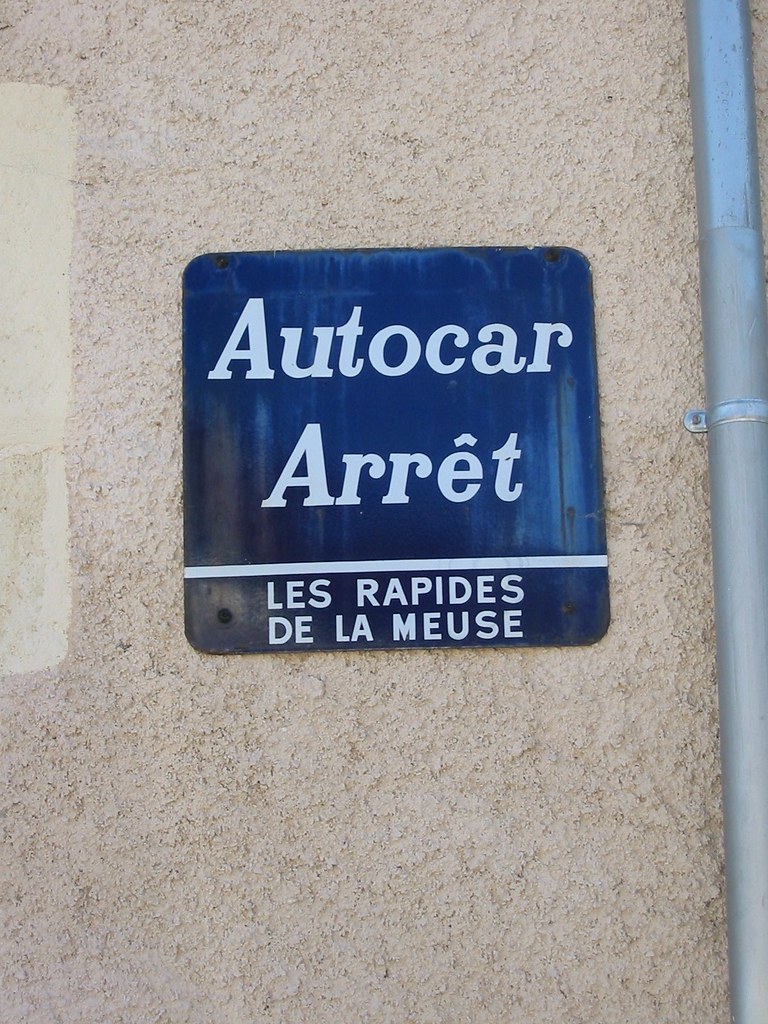
Of course,there are mysterious woods, which have seen many battles.
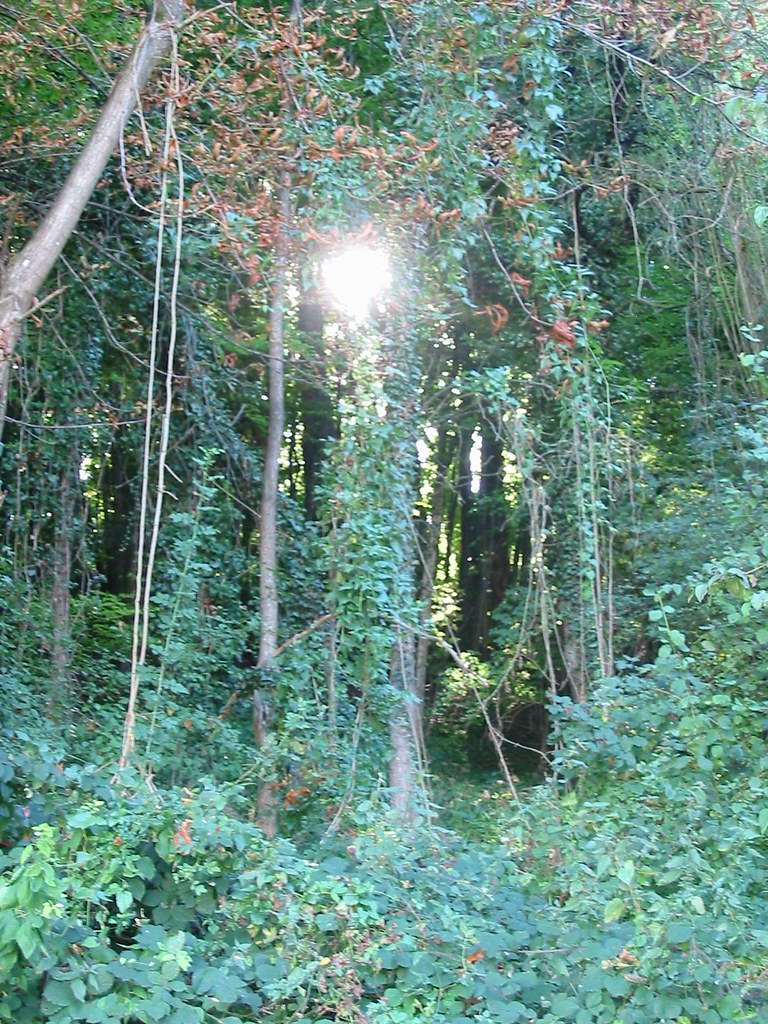
- you can still see the trenches, and the craters the bombshells have made, almost a century ago. Very impressive.
And, by the old fortified church, a soldier.
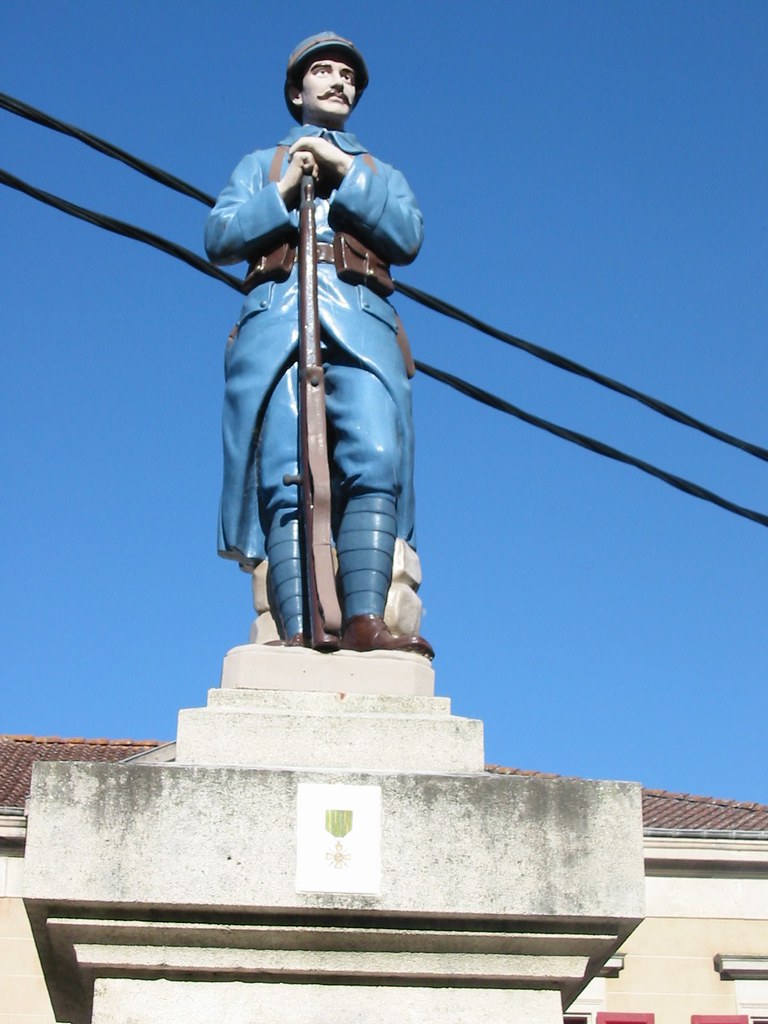
(every November 11th, which marks the end of WWI, after church, our teacher would have us recite Hugo's "Hymn to the Dead" and we would get a bag of candy afterwards).
If you're lucky, there will be a school - many have closed -, and if you're even luckier, my school. I realize now that it was a tiny school, with tiny classes, and one teacher teaching everybody.
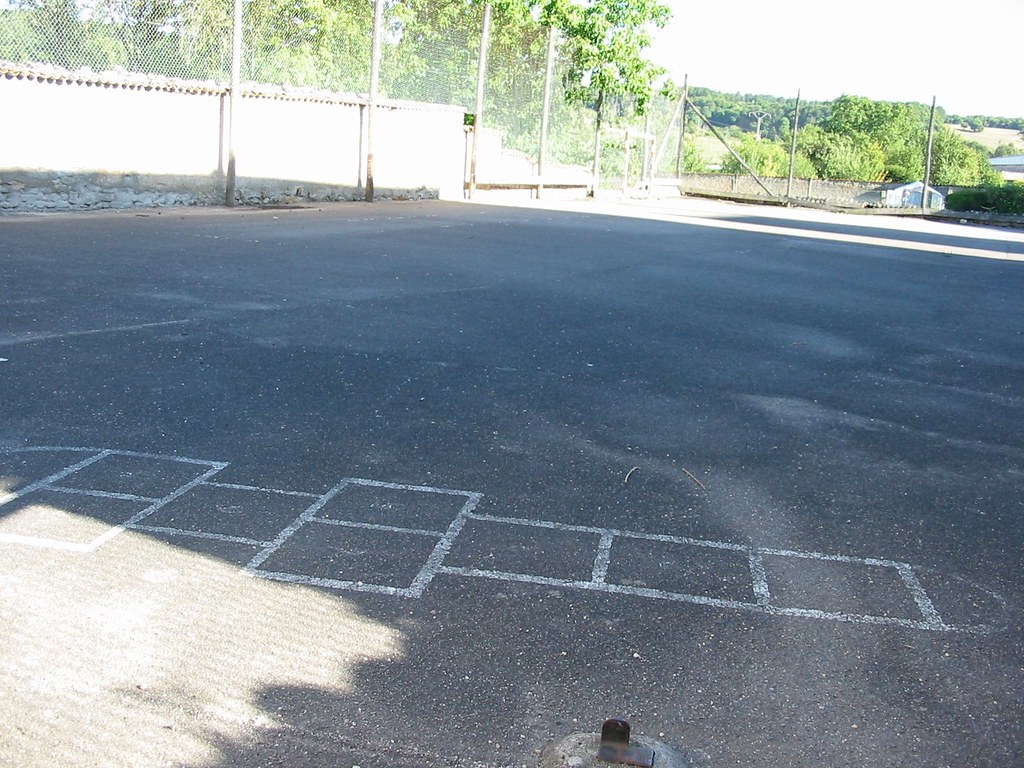
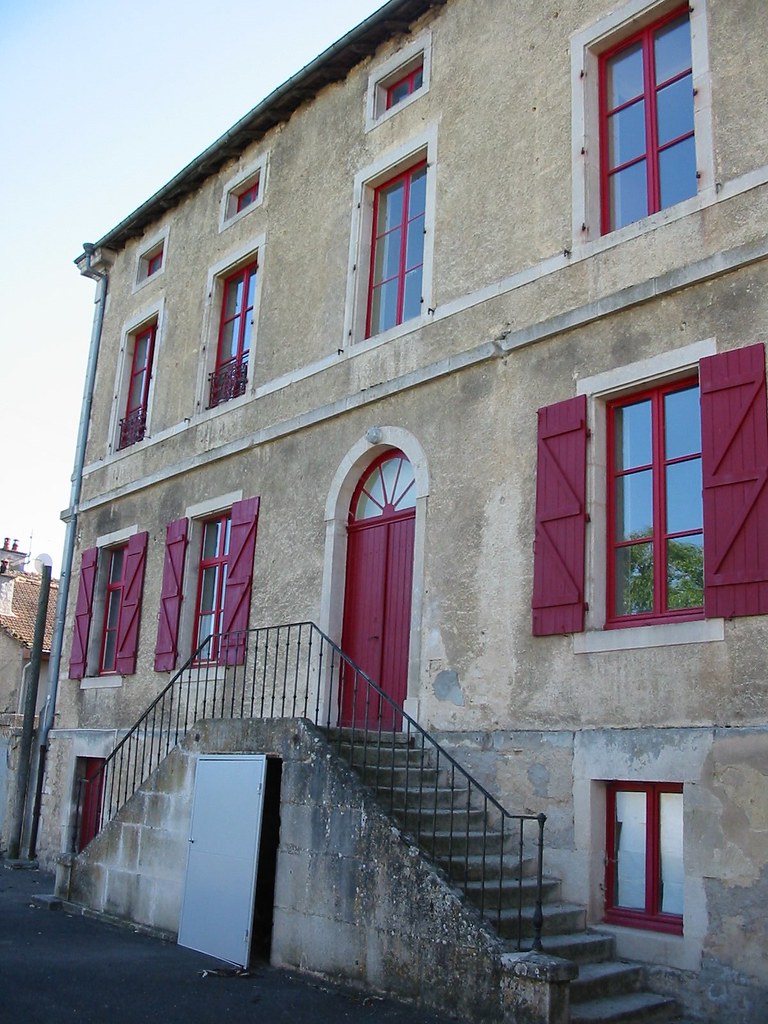
The saint patron of the village, here Saint Etienne (Saint Stephen in English), who must feel lonely since the priest retired.
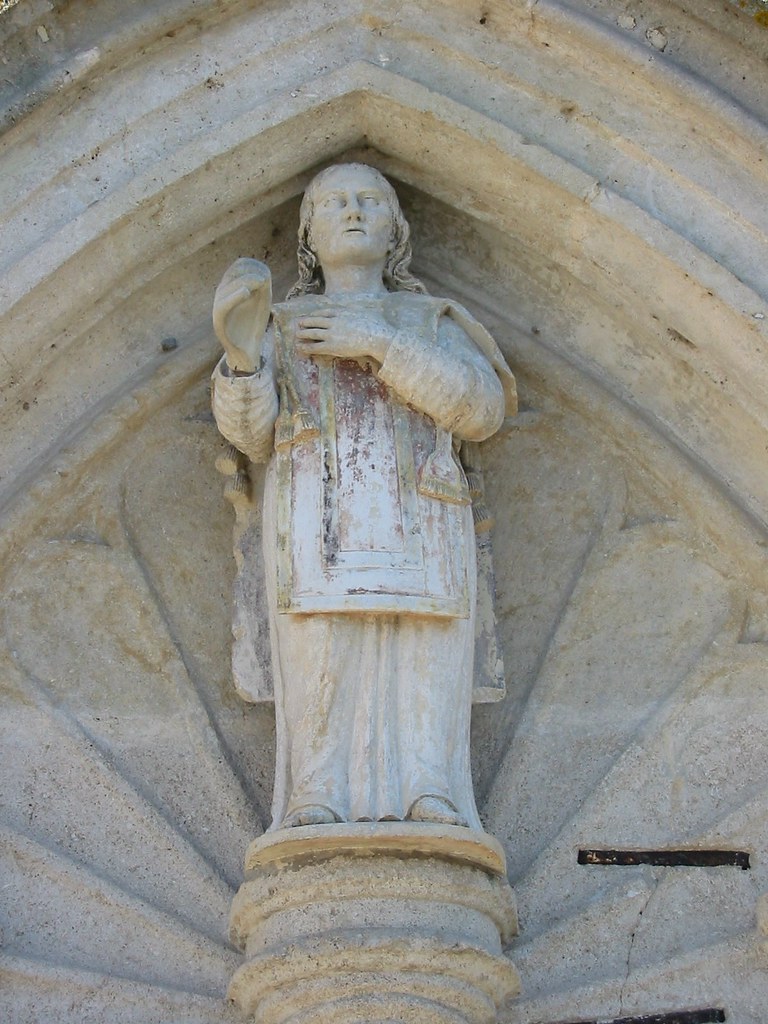
That's part of the story of my village.
And that could be the story of dozens of villages in Meuse.
- Or, how what was already very old got older, and how schools, churches and bakeries closed one after the other.
- Or, the story of villages that loved more than everything having kids riding bicycles in their streets.

3 comments:
I guess the same thing is happening in countries all over the world. It certainly happened here. The village started dying in the 1980s, and has been re-invigorated now with tourism. Maybe a bit too much, if you ask the locals, but at least there's still a library and a little market. And a bar. Always a bar.
I was born on a farm in Missouri, the closest settlement was a small farming village of less than 100 people. At one time it had several hundred people. When World War II ended, people could get tires for their cars and trucks so the rail service stopped. That caused businesses to close and families to leave. The village had many abandoned homes, some huge Victorian ones. When real estate rose dramatically, people came from up to 100 miles away to buy homes and repair them, and commuted to their jobs.
Seems like there are many opportunities in those villages if a person had money to invest, such as buying a bakery and opening it. Kind of like the lady did in the movie Chocalot.
Good work and interesting history.
Here is on more: http://eyrarbakkinews.blogspot.com/2010/01/story-of-small-village.html
Post a Comment